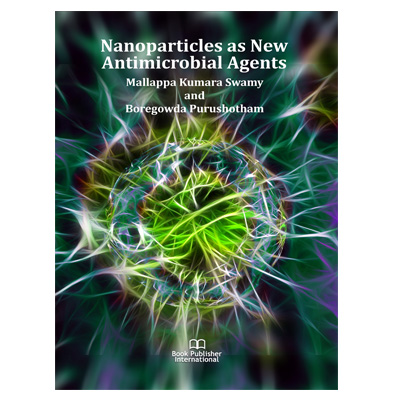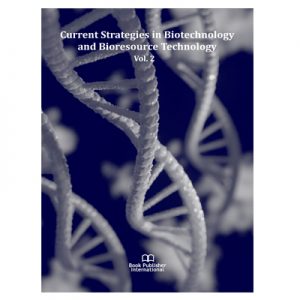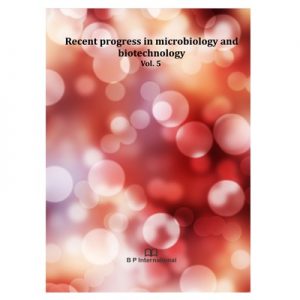At present, drug resistant microbes remain the paramount task in public health care. Numerous infections due to these resistant strains of microbes are rapidly increasing globally. This resistance property attained by pathogens is one of the major challenges for the available antimicrobial drugs. The latest advancements in the area of nanotechnology have offered new prospects of developing novel preparations, i.e., unique kinds of nanoparticles, having various sizes (1–100 nm) and shapes and effective antimicrobial activities. Nanomaterials convey certain physic-chemical properties significantly dissimilar from those of bulk materials. Nanoparticles have distinctive topographies, which make them suitable as vectors for drugs to battle infection-causing pathogens. Some of these features include the augmentation of drug solubility and stability, biocompatibility with target agents, ease of synthesis, and controlled release. Nanoparticles typical functionality in delivering drugs is accomplished by their extreme-minor sizes and immense surface to volume ratios. Several of these (bio)molecules include nanoparticles encompassing Ag, Al, Au, Cu, Cd, Ce, Mg, Ni, Pd, Se, Ti, Zn, and super-paramagnetic Fe. Most of these metallic nanomaterials exhibit superior antimicrobial effects, and also found effective against multi-drug resistant microbes. Nanoparticles may exercise their antibacterial property through different mode of actions, such as directly interacting with the bacterial cell wall, inhibiting biofilm formation, triggering immune responses, generating reactive oxygen species, and inducing intracellular effects like damaging DNA or proteins). Further, nanoparticles can be a source to be used as carrier molecules to deliver antimicrobial drugs. However, the use of nanoparticles has certain limits that have to be overcome before successfully employed as an effective antimicrobial agent. For instance, nanoparticles may cause toxicity in human organs. This book covers detailed aspects of nanoparticles with their antimicrobial properties. Also, it includes the latest tactics in the development of new nanobiotechnology methodologies to fight against pathogenic drug-resistant bacterial strains.
We express deepest sense of thankfulness, and also gratitude to our Chairman, East West Group of Institutions, Bengaluru for his continuous support. We thank our colleagues of East West First Grade College, Bengaluru for encouraging us to produce this venture. We are also thankful to Dr. Rudramurthy GR for his suggestion and writing the foreword for this book. Moreover, we are thankful to our beloved family members for their unconditional encouragement, support, and moral boost up throughout the compilation of this book. I also thank the team of Book Publisher International for their assistance at every phase of the publication.





